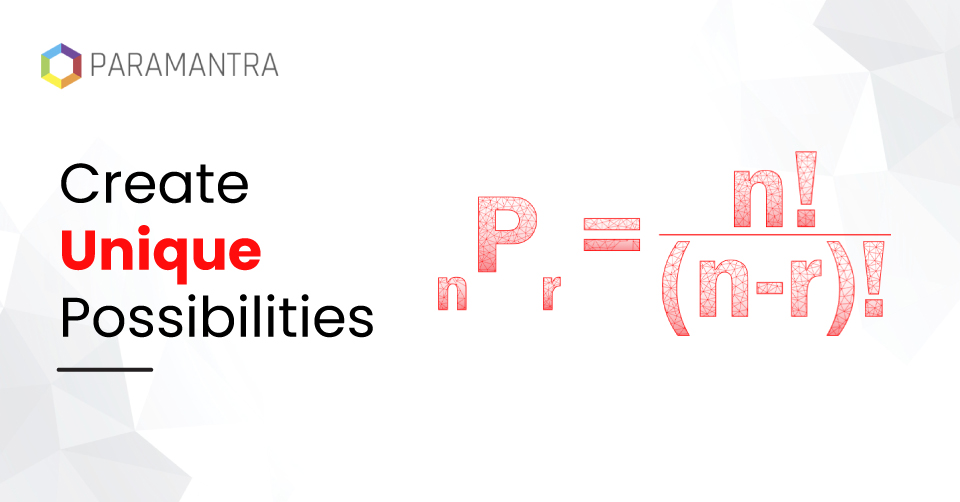5 Must-Reads on Pricing Strategies to Beat Price Wars
Picture this: One morning, you see Walmart slash cereal and milk prices, urging you to jump to Amazon’s website for price comparison. To your surprise, Amazon matches the prices and also adds...
Leveraging AI in Sales: Benefits & Challenges
The Role of AI and Machine Learning in Sales and Sales automation in 2024 Through data analysis, AI can identify customer preferences and behaviors, tailoring communications to meet individual needs...
Foreign Exchange Crm The Crm For Forex Brokers Integrates With Mt4 5
Take, for instance, B2Broker’s B2Core, which has assisted lots of of brokers in breaking into the market and rising their businesses into globally known enterprises. Please get in touch with us if you...
What Is Crm? Definition, Sorts, Use Instances, And Extra
Data from campaigns, workflows, and monitoring are made extra intelligible through real-time monitoring, visualized statistics, and in-depth analytics. Telephony features let you make calls in-app...
Ethical Sourcing: A Global Obligation
There are some sobering truths that often remain hidden behind the products we use every day. It is an uncomfortable reality that items like cell phones, chocolate, diamonds, cotton, and...
Customer Data Integrity: Embracing Young’s Modulus
Big Data, AI, and ML have become buzzwords in recent years, with companies and organizations of all kinds touting the importance of collecting as much data as possible. However, while the sheer volume...
Warehouse Automation: Techniques, Implementation, Varieties, Benefits And More
According to a Gartner survey, practically 60% of provide chain professionalsopen_in_new investing in automation say that labor constraints are their main motivation. Work-from-home positions grew to...
From Schrödinger’s Cat To Business Fundamentals
In our 15th year now, we have been guided by the founding philosophy of making inquiries into fundamentals and creating a future with what we find. In some ways, our work here at Paramantra shares a...
The Strategy and Tactics of Pricing: Key Learnings
In the realm of management decision-making, the application of experience and consideration of multifaceted variables is integral. However, despite the importance of such skills, it remains critical...
Permutations: The Building Blocks of Unique Possibilities
Our ability to conceive product-based solutions for our clients is limited by our creativity. However, with the aid of Paramantra, planning and delivering custom orders becomes effortless. Our...
Custom-Built CRM For Your Business
Fill the form to consult with our experts and find out how our CRM can transform every revenue process in your business. Choose from our 250+ modules and customize every element of our CRM to address your needs.
- Complimentary CRM Consulting
- Free Configuration and Setups
- Custom training for your team
- 24x7 After-Sales Support



